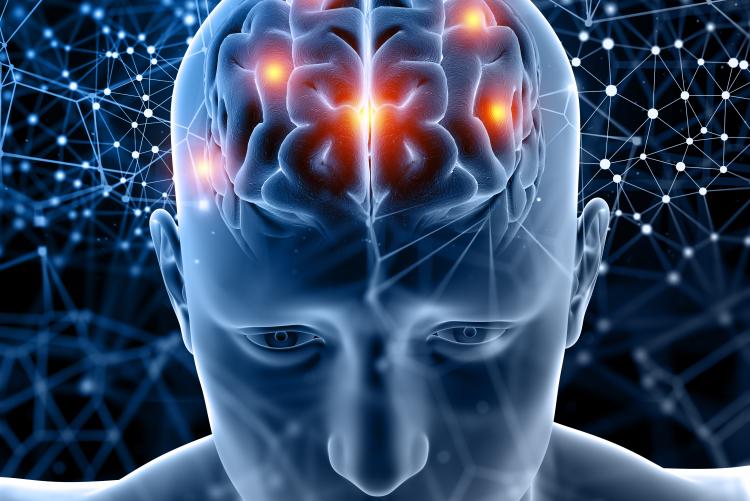Developmental neuroanatomy: Neurulation and its regulation. Histogenesis of Neurons and Glia. Stages of brain and spinal cord development. Dorsal induction and associated anomalies. Ventral induction and associated anomalies. Neuronal and glial proliferation and associated disorders. Cortical organization and associated anomalies. Lobulation and Operculization. Sulcation and Gyration. Myelination. Synaptogenesis.Role of teratogens in nervous system development. Postnatal development. Role of imaging in assessment of the developing nervous system. Neurohistology: Components of the nervous tissue. Classification of neurons. Structure and functions of the cell body, dendrites and axons. Structure of the myelin sheath. Classification of synapses. Classification and functions of neuroglia. Role of neuroglia in pathology. Neurotransmitters; secretion, location and functional considerations. Nerve cell degeneration and regeneration. Sensory receptors. Histological and histochemical techniques used in studying neurohistology.
Spinal Cord: External features and surface topography. Blood supply of the spinal cord. Components and branches of spinal nerves. Organization of spinal gray matter. Organization of spinal white matter. Regional differences of the spinal cord. Ageing changes on the spinal cord. Spinal cord syndromes. Tractology. Brainstem: External and internal features of the midbrain, pons and medulla. Cranial nerve nuclei. Cranial nerve pathways. Reticular activating system. Gaze centres. Cardiorespiratory centres. Other gray matter cellular groups. Blood supply of the brain stem. Brainstem syndromes. Cerebellum: External features, lobes, fissures and peduncles of the cerebellum. Organization of the cerebellar cortex. Organisation and functions of the cerebellar nuclei. Cerebellar pathways. Blood supply of the cerebellum. Cerebellar lesions. Diencephalon and basal ganglia: Location, subdivisions, blood supply, connections and disorders of the thalamus, hypothalamus, subthalamus and pineal gland. Components of the basal ganglia. Basal ganglia pathways. Lesions of the thalamus, hypothalamus, epithalamus, and basal ganglia. Role of neuroimaging. Autonomic nervous system: Divisions of the autonomic nervous system. Cranial parasympathetic outflow. Spinal parasympathetic outflow. Sympathetic outflow. Lesions of the autonomic nervous system. Cerebral hemispheres: Topographic organization. Functional localization and associated lesions. Segmental anatomy and distribution of the carotid and vertebrobasilar systems. Cytoarchitecture of the cerebral cortex. Organization of cerebral white matter. Components, communications, functions and disorders of the limbic system. Functional imaging of the brain. Ventricular system: Formation and circulation of cerebrospinal fluid. Features of the lateral, third and fourth ventricles. Blood-Brain barrier. Blood-CSF barriers. Virchow Robin spaces. Effects of blockage of the circulation of cerebrospinal fluid.

